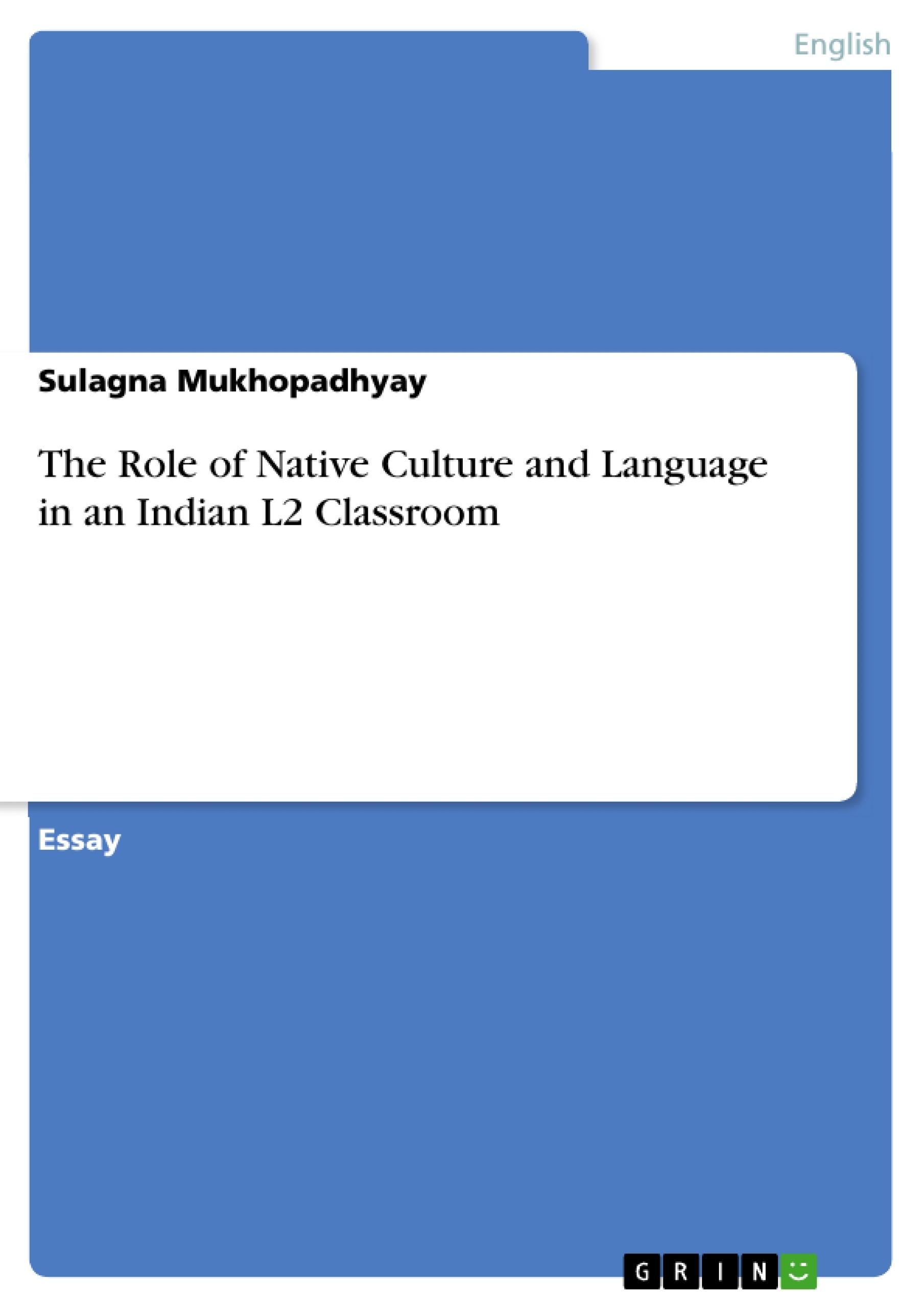The main aims/questions that will be discussed in this paper are the importance and
need of learning English in today’s world right from the primary stage and the
hindrances in teaching the English Language in a non-English speaking country, for
example India.
Teaching English becomes more and more relevant particularly in a multilingual and
multicultural country like India. In the framework of a comparative study projecting
eclectic teaching Methodology examples from the classroom will be presented and
discussed.
Taking a pan-Indian view on the country’s education system, we observe that not only
are there various types of schools catering to each section of the Indian society,
correspondingly there are various boards of education following different English
Language and Literature syllabi. A significant difference is also observed between the
private and the government schools in this regard. Today each Indian child has to learn
English. Keeping this in mind, teaching methodologies are designed. English language
course designers in India are trying to bridge the multicultural and multilingual gap as
perceived in the indigenous cultures, languages and religions. We follow an eclectic
method within the classrooms to develop the four skills in Communicative English.
More workshops and exchanges between teachers’ experiences across the world
would help us overcome the hurdles.
Inhaltsverzeichnis (Table of Contents)
- Introduction
- Culture and Language: Their Correlation
- English Language and its Importance in the Indian Context:
- (i) Pre-Independence Period
- (ii) The Post Independence period till date
Zielsetzung und Themenschwerpunkte (Objectives and Key Themes)
This paper aims to explore the significance of English language learning in India, particularly in the context of a multilingual and multicultural society. It examines the challenges and opportunities of teaching English in a non-English speaking country, presenting examples from classroom practice and analyzing the role of native culture and language in the learning process.
- Importance of English Language Learning in India
- Challenges of Teaching English in a Multicultural Context
- The Relationship Between Language and Culture
- The Role of Native Culture and Language in the Classroom
- Teaching Methodologies in English Language Learning in India
Zusammenfassung der Kapitel (Chapter Summaries)
The paper begins by introducing the challenges of teaching English in a multicultural context, using the example of teaching Christmas vocabulary to young learners. It then explores the intricate connection between language and culture, emphasizing how culture is an inherent part of language learning.
The author examines the history of English education in India, starting with the pre-independence period and the influence of British rule. The paper discusses the contrasting approaches of Orientalists and Anglicists, highlighting the importance of English for social mobility and access to knowledge.
The paper concludes by analyzing the post-independence period, examining the shift towards Indian languages and the role of English as a lingua franca. It discusses the importance of English in a diverse nation like India, highlighting the continuing need for effective English language teaching.
Schlüsselwörter (Keywords)
The primary themes and concepts explored in this paper are multi-culture, multi-lingual, cultural awareness, language pedagogy, media, teaching methodology, and child-learning. The paper examines the challenges and opportunities of teaching English as a second language in India, taking into account the diverse cultural and linguistic contexts of the country.
- Citation du texte
- Sulagna Mukhopadhyay (Auteur), 2010, The Role of Native Culture and Language in an Indian L2 Classroom, Munich, GRIN Verlag, https://www.grin.com/document/180301



